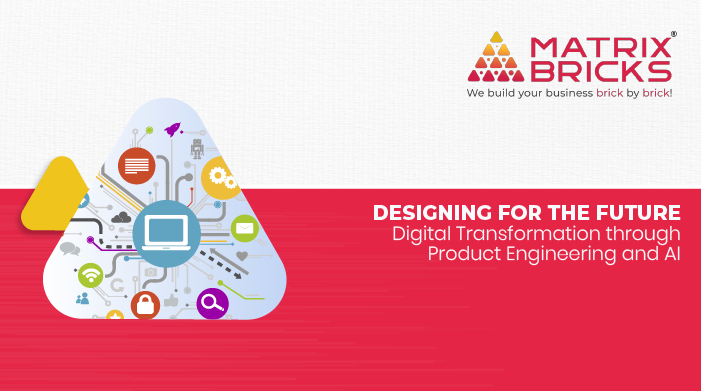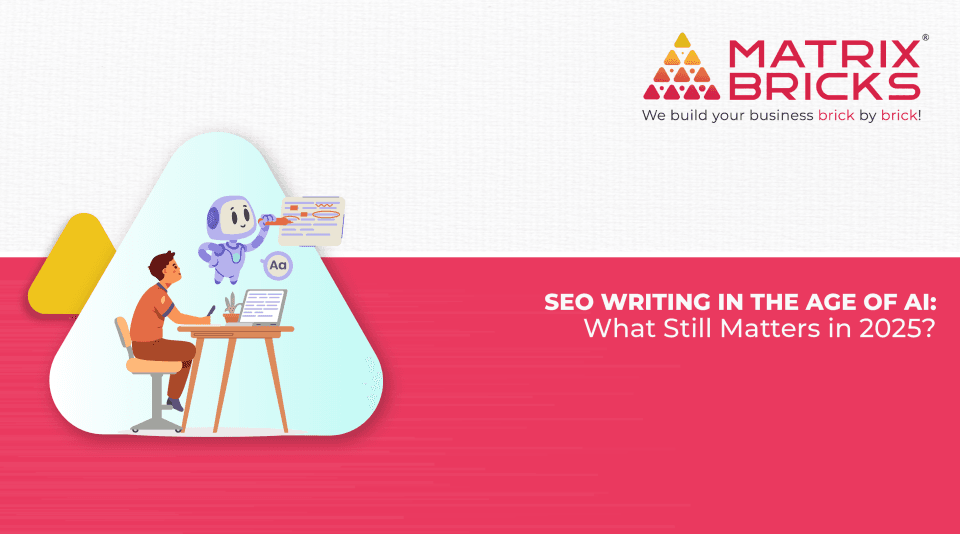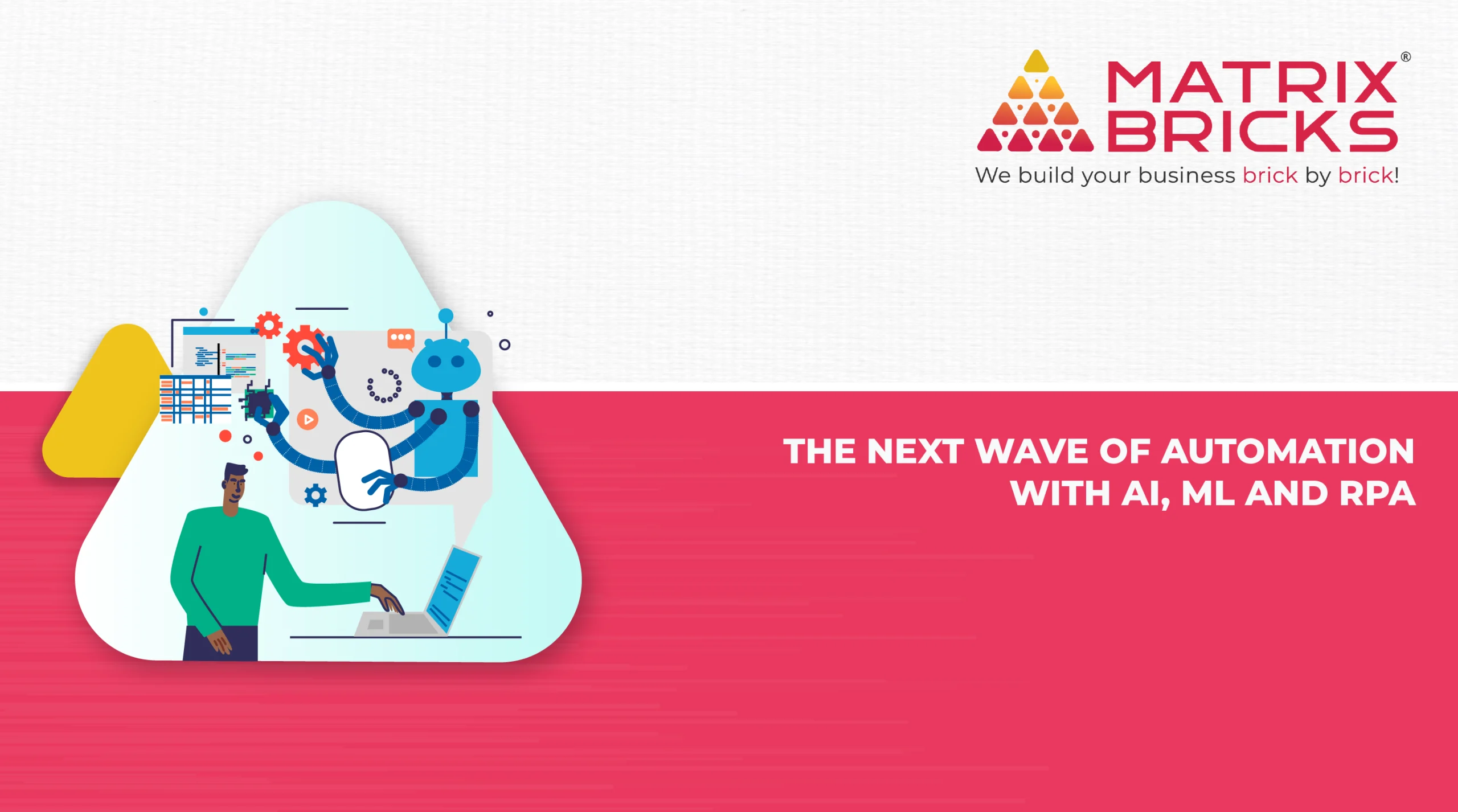
In this rapid age of technological advancement, the only way to be ahead in competition is through innovation along with strategic adaptation. With product engineering and artificial intelligence, businesses across different industries are taking their first steps toward full digital transformation. It involves high-end product design and top-level AI, paving the way for better operational efficiency, enhanced customer experience, and the long-term growth of operations. It will further create what the future is supposed to be, and its integration will result in success.

1. Product engineering: What’s the role in digital transformation?
Product engineering is not merely about developing a product; it’s more about designing solutions that address complex challenges, optimize performance, and predict future needs. It’s the whole lifecycle of a product, from conceptualization to deployment, and it assures that every phase is cut out for the best possible output or scalability.
Such companies stay ahead in the market as they keep evolving to new changes in markets and technological development. This approach fosters digitalization, which should be the strategy of every company that wants to maintain relevance and responsiveness in an increasingly technology-driven environment.
2. AI: The Transformation Catalyst
AI transforms the approach of products with regards to automation and improves decision-making capacities and provides deeper insights through data analytics. Business companies incorporate AI into their developments, thereby analyzing large volumes of data for patterns, outcomes, and performance optimization, thus resulting in smarter, faster, and more efficient cycles of development.
This allows for the utilization of multiple AI tools, including predictive maintenance tools that allow products to self-diagnose by alerting the users of potential issues before it becomes disruptive. This proactive approach reduces downtime and improves the experience of the user.
3. Implementing Digital Transformation Solutions
Adopting comprehensive digital transformation solutions is an imperative requirement for companies trying to head toward digital growth. Such solutions are based on a comprehensive overhaul of how a business operates by adapting technology in any offered process or efficiency combined with customer engagement. Advanced design frameworks supported by AI become integral to this changeover, as they provide powerhouse systems that comply with the latest technological standards.
One important benefit of this combination is to be flexible and agile. In today’s scenario, the market can be erratic, and changes in customer needs emerge frequently. Therefore, having an agile solution that develops with the changes has become important. Be it modular design, cloud integration, or feedback loops, businesses ensure solutions remain adaptable for the future.
4. Impact on Healthcare Transformation
One of the sectors experiencing significant advancements is healthcare. Implementing digital transformation for healthcare means adopting technologies that enhance patient care, streamline processes, and improve data management. AI-driven solutions allow for better diagnostic tools, telemedicine applications, and patient monitoring systems that cater to both medical professionals and patients.
For example, AI-powered imaging tools can assist in early detection of diseases, while data analytics can help predict patient outcomes based on historical data. Comprehensive development strategies ensure these innovations are practical, reliable, and scalable, enhancing healthcare delivery and patient satisfaction.

5. How These Strategies Benefit Other Industries
While healthcare stands out, use cases extend from here to automotive, aerospace, retail, and manufacturing. With AI, automotive development is combined with strategic development to facilitate autonomous driving, optimize fuel efficiency, and improve safety regulations for the industry. Manufacturing uses predictive analytics for better usage in AI to develop the production line toward minimal defects and improve the quality of the finished product while saving costs.
They utilize these developmental services to change customer experience for the better through unique personalized shopping solutions, automated inventory management, and smarter recommendation mechanisms. This adaptability thus helps businesses in terms of personalizing solutions suited to individual business requirements while keeping abreast of their competitors.
6. Challenges and Solutions in AI Integration
There are advantages to introducing AI to development, but there are also challenges involved in it. Some of these challenges include data privacy concerns, complexity in integrating technology, and the need for skilled personnel. These must be addressed in terms of proper planning and investment in training and development. Businesses must think with an ethical sense as they venture to use AI while handling the algorithms, making sure they are transparent and unbiased.This can be handled with strong solutions for digital transformation, built on secure platforms and supported by a skilled team. Company leaders’ comprehensive security protocols and scalable infrastructures support growth without compromising data integrity.
7. The Future of Product Engineering and AI
With the rapid evolution of technology, development and AI stand at the threshold of even brighter days. Increased capabilities are seen in the developments of these innovators that include machine learning, natural language processing, and edge computing. The companies embracing such changes will not only streamline their operations but also open new avenues for market expansion.
This is even more critical for AI to be possible to iterate faster with better integration of user feedback. It will be the next wave of digital transformation where intelligent, AI-based approaches drive this digitization that leaves products smarter, more efficient, and aligned with user needs.
8. What Businesses Should Know
Investing in product engineering and AI-driven solutions is no longer optional but necessary for businesses that keenly want to survive amidst much competition. The strength of these tools when combined makes for superior product development, enhanced user experience, and a more robust digital strategy.
By integrating product engineering services into your operations, you will be able to have structured approaches to innovation such that your products are not only made to last but are also designed to adapt. Meanwhile, through digital transformation solutions, new technologies and methodologies can easily be integrated for ensuring a future ready as well as an agile business. This enables businesses to design products that meet the needs of target customers and react to shifts in the needs of the market. Whether it is about operational efficiencies, better customer experiences, or something more boundary-pushing, this partnership is the core of a digitalized future success. With these tools, businesses establish themselves as leaders in their industry and explorers of new and emerging technology.
Conclusion
Designing for the future means adopting a strategy that blends innovative development with AI and digital transformation. This integration allows businesses to create products that meet customer expectations and adapt to changing market demands. Whether it’s improving operational efficiencies, enhancing customer experiences, or pushing the boundaries of what’s possible, this collaboration is key to a successful digital future. By leveraging these tools, businesses can secure their place as industry leaders and pioneers of the next technological wave.





